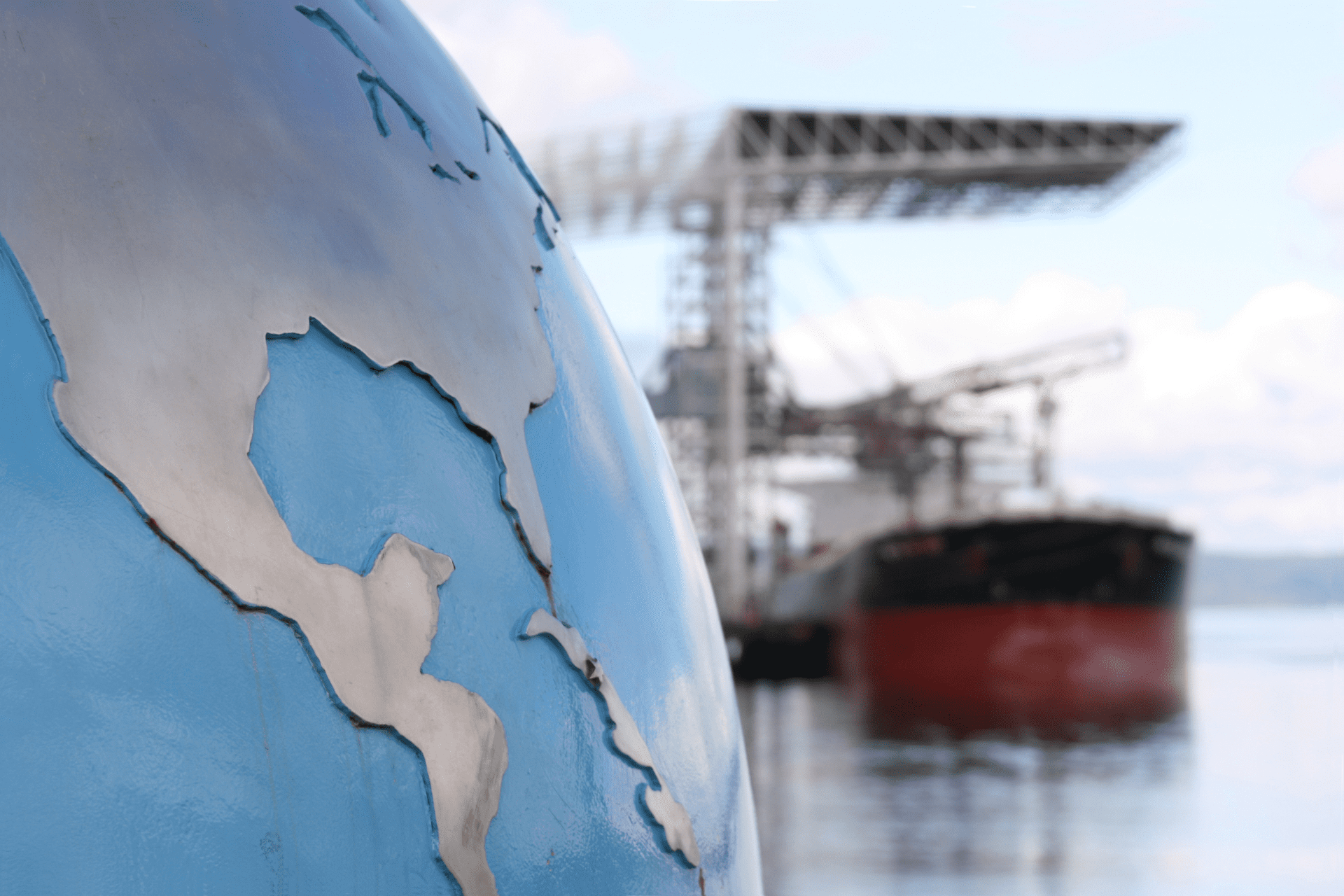By María José Gamba
$56.708 billion. That’s the value of Mexican exports in July 2025, according to the latest report from INEGI. Sounds impressive, right? A 4% annual growth is always good news… but then why did the trade balance close with a $17 million deficit?
In a context where the United States tightens new tariff policies and global trade reorganizes, these figures aren’t just statistics: they impact your costs, your routes, and even your sourcing decisions.
Let’s break it down with a practical approach: what happened, why it matters, and what you can do as a company to stay ahead.
What Happened in July With Mexican Foreign Trade?
📌 Exports grew, but not all equally:
+5.2% in non-oil exports, while oil exports dropped -23%.
Manufacturing remains the engine:
Industrial machinery and equipment: +28.7%
Professional and scientific equipment: +17%
Electronics: +10.2%
Automotive sector in trouble: -7% overall, with a 9.2% drop to the U.S. (critical data for companies in the sector!).
Agricultural and fishing products: -5.6%.
📌 Imports also increased:
$56.724 billion, +1.7% YoY.
Intermediate goods (the ones you need to produce): +2.5%.
Capital goods (machinery): -2.2%.
📌 The bottom line? A $17 million trade deficit, the first after two months of surplus.
Why Is There a Deficit If We Exported More?
Three words: tariffs, oil, and cars.
The U.S. tightened its tariff policy, affecting value chains, especially in automotive manufacturing.
Oil exports keep falling, hitting the balance hard.
Even though manufacturing rose, the automotive sector — key in the Mexico-U.S. relationship — contracted.
What Does This Mean for Your Company?
This isn’t a distant issue:
If you rely on imported inputs, costs may rise.
If you export, pressure from tariffs and logistics disruptions will continue.
💡 Three key impacts to anticipate:
✔ Longer delivery times at border crossings due to tariff and regulatory inspections.
✔ Higher cost volatility, driven by tariff adjustments and exchange rate fluctuations.
✔ Pressure in automotive and electronics supply chains, with possible delays or shortages of parts.
So… How Do You Prepare?
✅ Diversify markets: Growth outside the U.S. was +12.2%. Looking toward Europe, South America, and Asia is no longer optional.
✅ Review your nearshoring strategy: Relocation remains a trend, but with risks. Evaluate suppliers and strengthen logistics contracts.
✅ Strengthen your risk management in transportation: Theft, blockades, tariffs… you need full visibility and contingency plans.
Growth, Yes—But With Risks You Must Manage
Mexican foreign trade is growing, but it’s no longer enough to export more: now you must export better, safer, and with plans to face global uncertainty.
At Americas Forwarding, we help your cargo cross borders without surprises:
Real-time monitoring
Regulatory compliance
Contingency plans for every scenario
📩 Let’s talk today and strengthen your supply chain against the new challenges of international trade.
If you want to receive more tips, trends, and solutions to keep your operations secure and efficient, subscribe to our newsletter and stay one step ahead in logistics:

